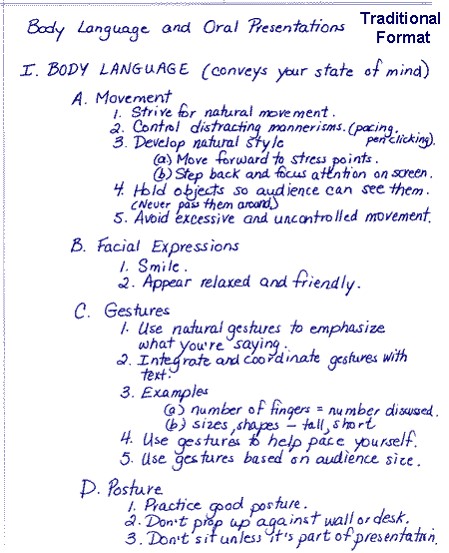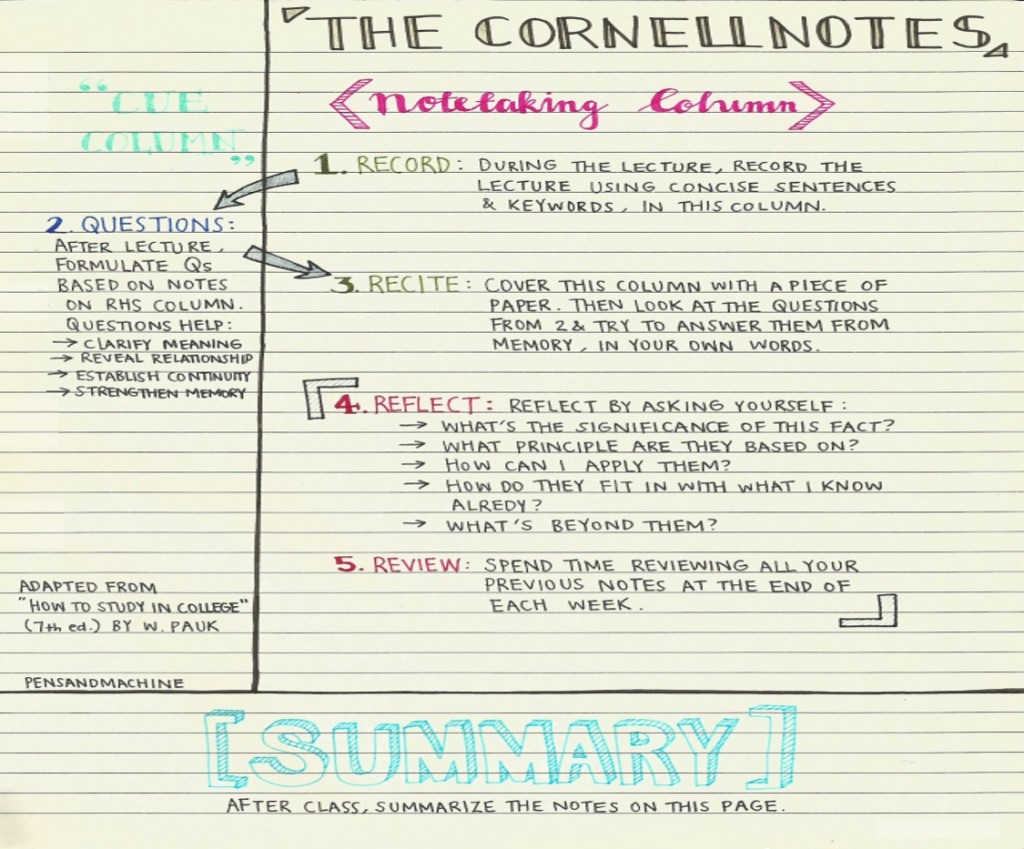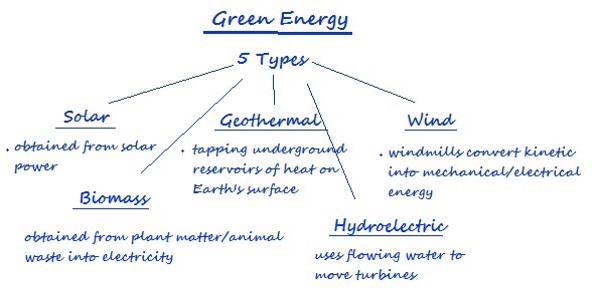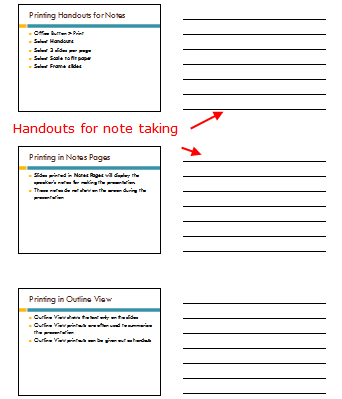Financial Aid Basics: What You Need to Know about Refiling Your FAFSA
How many of you remember filling out the FAFSA, before starting at IUP and having no idea what you were doing? How many of you have your parents fill it out and have no idea what a FAFSA is? How many of you knew that the FAFSA needs to be filled out every academic year?

If you have answered yes to any of those questions, no worries. We are going to outline what you need to know to file for Financial Aid this year.
Basics:
What is Federal Financial Aid?
Federal Financial Aid is grants, scholarships, loans, and/or work study support through the federal government.
What is FAFSA?
FAFSA (Free Application for Federal Student Aid) is the form used to apply for the aid options listed above. It needs to be completed every academic school year and requires information from both you and your parents, in most cases. Some of the information asked for includes your tax statements for the year. The FAFSA recently updated their policy and opened the form in October! The maximum aid consideration deadline is January 15, 2017 but you can use your tax information from 2015 to file!
How do you reapply?
This is the easy part. You should have a FSA ID from previously filing for Financial Aid. If this is your first time visit: fsaid.ed.gov to apply for one. Once you have your id, visit fafsa.ed.gov/ and log in. There you are able to fill out the form and submit it, but please be sure to do so BEFORE the final consideration deadline, May 1, 2017.
If this is your first time filing, you will also need to fill out the Entrance Counseling and Master Promissory Note at studentloans.gov before you’ll be able to receive your financial aid. Each of these websites have step by step guides to help you fill in all the information needed to process your application.
Qualifications:
In order to be considered for Financial Aid there are a series of requirements you need to meet. You must be enrolled at IUP at least half time which is 6 credits a semester. You must maintain a 2.0 GPA or higher in order to keep your financial aid and you must have earned at least 67% of the credits you have enrolled for. It is important to keep track of the classes you have withdrawn from because if this exceeds 33% of the total classes you have completed, your financial aid package will come under review.
Smart Borrowing:
Viewing your financial aid package for the first time can be very confusing. It can include a range of grants, loans and scholarships, not to mention aid provided through the state government as well. It is important to only borrow, in loans, what is necessary to cover the cost of your expenses because you eventually have to pay this back, with interest. You do not need to borrow all of the money offered to you.
Recommendations:
- Establish a budget before each school year to help you monitor your spending and determine whether or not your financial resources will cover your education costs.
- Overestimating your expenses, and underestimating your income, eliminates the potential for a budget deficit.
- Prepare for unexpected situations by setting saving goals to build your emergency fund beforehand.
- Assess the cost of attendance for each academic year and plan accordingly.
- Exhaust all other aid options before using private loans, from banks or other services. These loans often come with higher interest rates and do not have the flexibility afforded to federal loans.
- When using student loans from the federal government remember that you have a 6 month grace period after you have completed or stopped school before you are required to start paying them back.
Important Contact:
If you have any questions, or comments. The Office of Financial Aid has an amazing website with information for everyone, including graduate and transfer students. (www.iup.edu/financialaid/)
Their contact information is also below:
Financial Aid Office
Phone: 724-357-2218
Fax: 724-357-2094
financial-aid@iup.edu
Have a great Thanksgiving Break and remember to use it wisely! Final exams start two weeks after break is over!




